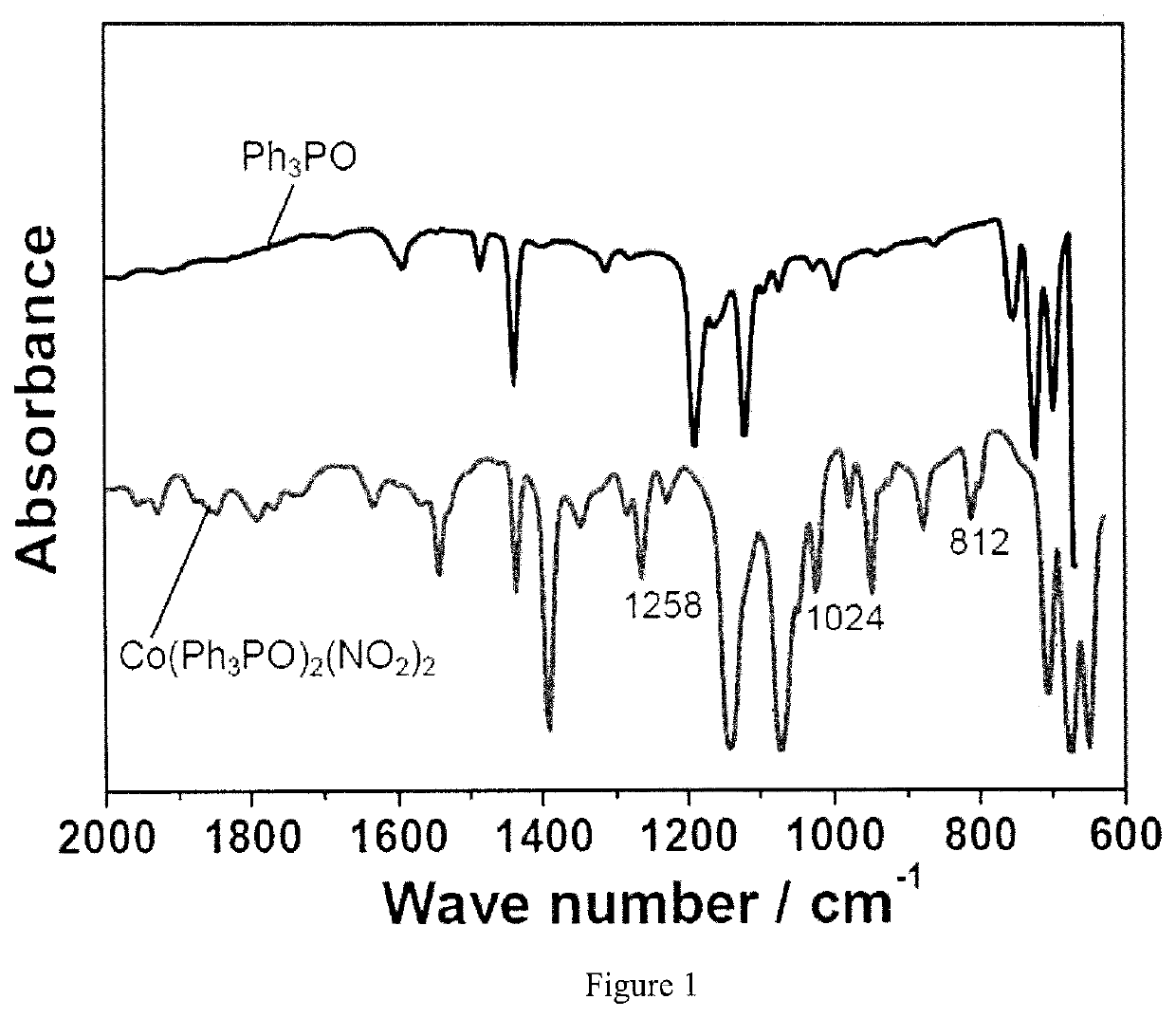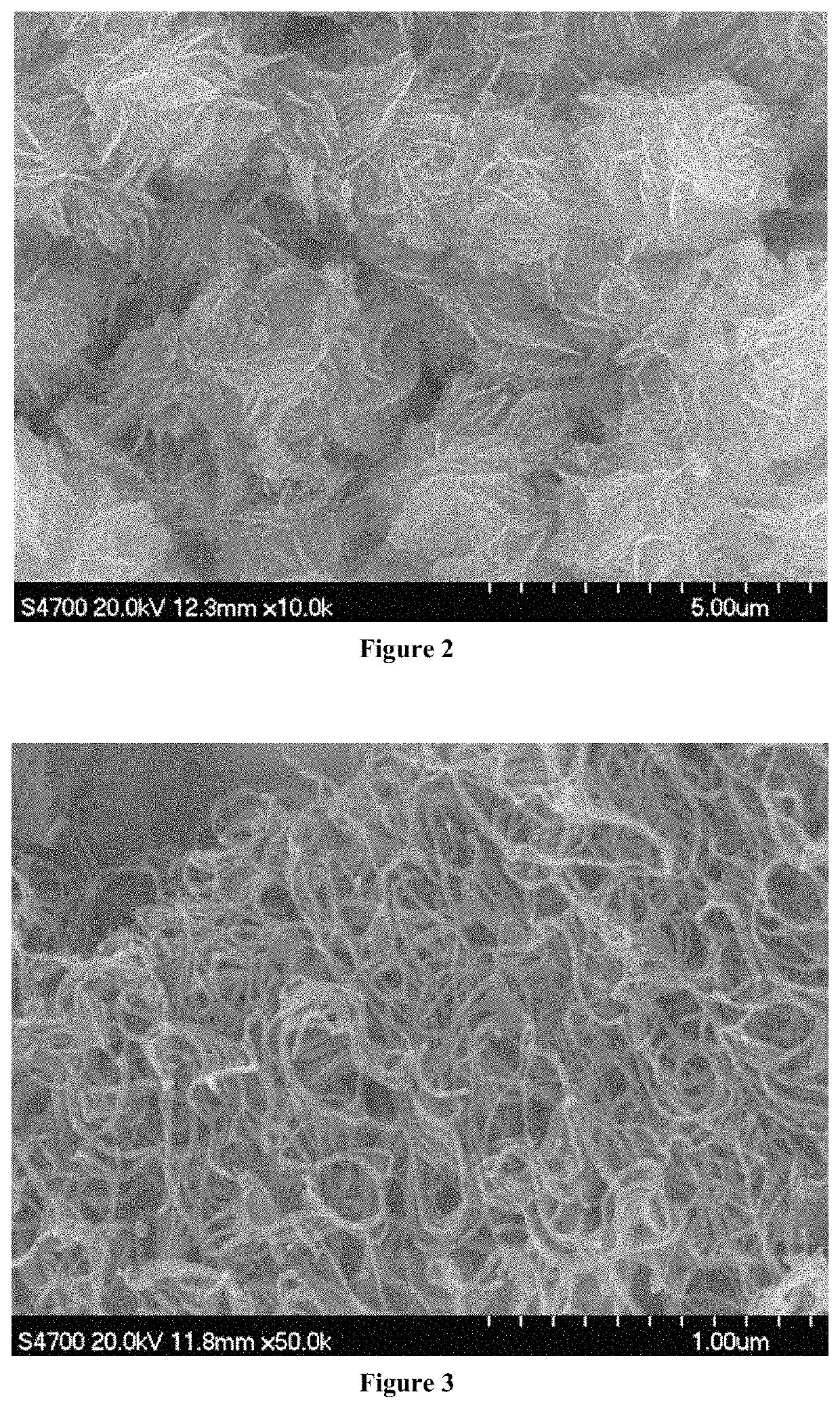Flame retardant, composite flame retardant, flame retardant antistatic composition and flame resistant method
a flame retardant and antistatic technology, applied in the field of polymer, can solve the problems of poor flame retardant antistatic performance, high molding temperature, poor impact resistance at a low temperature,
- Summary
- Abstract
- Description
- Claims
- Application Information
AI Technical Summary
Benefits of technology
Problems solved by technology
Method used
Image
Examples
example 1
[0227]The raw material ratio and the reaction conditions of the flame retardant, the polypropylene composition and the foam beads etc. which are prepared in this example are shown in Tables 3 and 4, Table 4 also lists the performance parameters of the foam beads. In the tables, the flame retardant component A is phosphine oxide, the flame retardant component B is transition metal salt, and the flame retardant component C is inorganic flame retardant component.
(a) Preparation of Flame Retardant (Halogen-Free)
[0228]The triphenylphosphine oxide and cobalt nitrate are added to ethanol, stirred at a rate of 100 rpm, the mixture is then heated under stirring by using microwave irradiation with a heating power of 50 W, a temperature of 40° C. and a heating time of 4 h. The complex Co(OPPh3)2(NO3)2 is obtained by supercritical dried the material after microwave heating reaction, wherein the complex formed by the reaction of triphenylphosphine oxide with cobalt nitrate.
[0229]The infrared spe...
example 2
[0243]The processes for preparing flame retardant, the composite flame retardant, the carbon nanofiber antistatic agent, the flame retardant antistatic polypropylene composition and the foam beads are similar to that of Example 1, except the raw material formulation and reaction conditions shown in Tables 3 and 4. For example, this example adopts HMSPP602, the formed halogen-free flame retardant is the complex Ni(OPot3)2(NO3)2 which formed by the trioctyl phosphine oxide and nickel nitrate, the prepared carbon nanofiber antistatic agent containing nickel 3 wt %.
example 3
[0244]The processes for preparing flame retardant, the composite flame retardant, the carbon nanofiber antistatic agent, the flame retardant antistatic polypropylene composition and the foam beads are similar to that of Example 1, except the raw material formulation and reaction conditions shown in Tables 3 and 4. For example, this example adopts HMSPP603, the formed halogen-free flame retardant is the complex Ni(OPOt3)2(NO3)2 which formed by the trioctyl phosphine oxide and cobalt nitrate.
PUM
| Property | Measurement | Unit |
|---|---|---|
| volume resistivity | aaaaa | aaaaa |
| molecular weight distribution | aaaaa | aaaaa |
| temperature | aaaaa | aaaaa |
Abstract
Description
Claims
Application Information
 Login to View More
Login to View More - R&D
- Intellectual Property
- Life Sciences
- Materials
- Tech Scout
- Unparalleled Data Quality
- Higher Quality Content
- 60% Fewer Hallucinations
Browse by: Latest US Patents, China's latest patents, Technical Efficacy Thesaurus, Application Domain, Technology Topic, Popular Technical Reports.
© 2025 PatSnap. All rights reserved.Legal|Privacy policy|Modern Slavery Act Transparency Statement|Sitemap|About US| Contact US: help@patsnap.com



